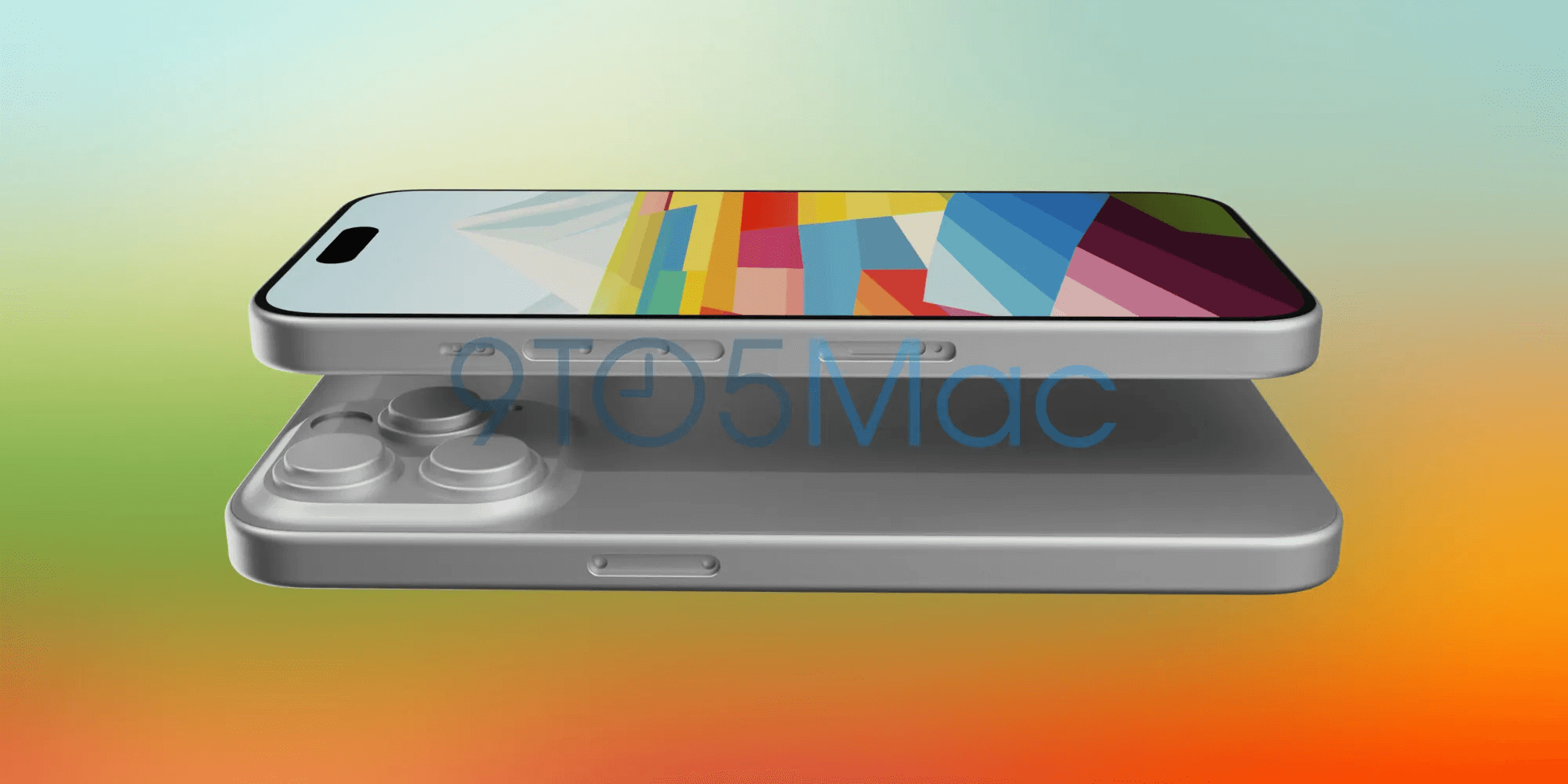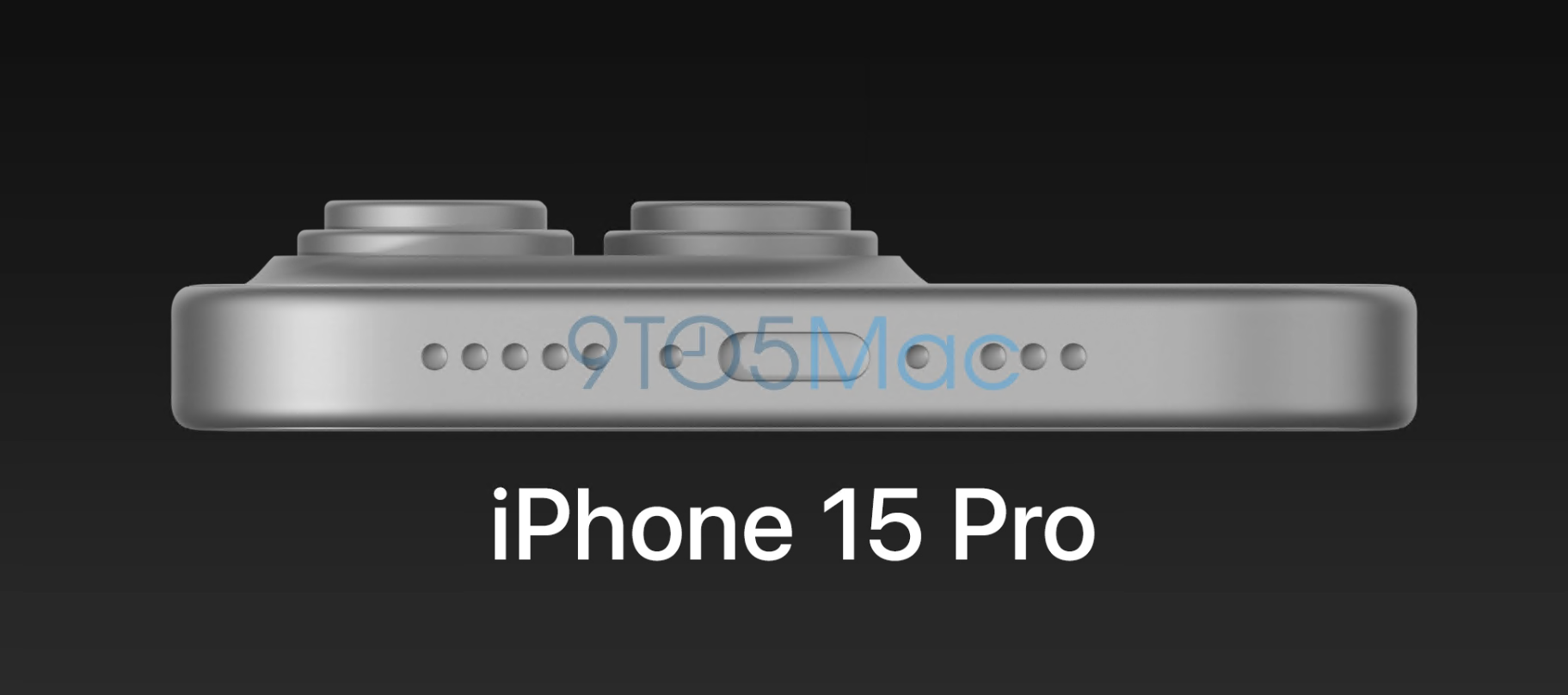iPhone 15 Pro: Thinner bezels, thicker ‘curve’ design, no Lightning port, more
According to the CAD model provided by the reliable protective sleeve accessory manufacturer, the technology media 9to5Mac invited the 3D artist Lan Zelbo to produce a high-definition rendering of the iPhone 15 Pro.

9to5Mac has obtained exclusive renders of the upcoming iPhone 15 Pro, based on a CAD model provided to 9to5Mac by a reliable case manufacturer and 3D Artist Respective Render Man Ian Zelbo. The renders show some significant changes to the design and features of Apple’s flagship smartphone, which is expected to launch later this year.
CAD files like the ones these renders are based on are given by Apple to factories in Asia to prepare phone cases ahead of launch. This is to ensure that cases are available when the device launches.
The specific CAD here comes from a factory out of China that is seemingly the first to get these files. Historically, CAD files are accurate to the final device in terms of both dimensions and design, as having inaccurate ones would be costly to case designers and factories.
The most noticeable change is the switch from the Lightning port to USB-C, which would mark a major departure from Apple’s proprietary connector that has been used on iPhones and most Apple accessories since 2012.
This could be due to the pressure from the European Union, which has been pushing for a common charging standard for all smartphones and devices. Unfortunately, this might be limited to cables approved for Apple’s MFi program for data transfer speeds and charging speeds.

Another change is the curvature of the edges, both on the glass and on the metal frame. The glass curves slightly around the edges, creating a more seamless transition to the frame. The frame itself is also more curved than before, resembling the design of the 14-inch and 16-inch MacBook Pros and new M2 MacBook Air. This could make the phone more comfortable to hold and less prone to accidental touches.
The camera bump on the back is also thicker than before, indicating that Apple may have upgraded the camera system with new sensors or lenses. The camera layout remains similar to the iPhone 14 Pro, with three lenses and a LiDAR scanner arranged in a square module. The camera lenses are thicker in this generation, likely hinting at larger image sensors.
On the side of the phone, we can see some changes to the volume rockers and the mute switch. The volume rockers look like capacitive buttons instead of physical ones, which has been rumored. Given the renders we can not say this for certain, but it seems very likely. The mute switch also looks redesigned, with a smaller and rounder shape similar to that of the capacitive buttons.
The renders do not show any details about the resolution of the iPhone 15 Pro, but we expect it to be similar to the iPhone 14 Pro. The body of the device is a few mm smaller with a thinner bezel, so it’s likely we’ll see the same 6.1-inch display in a slightly smaller body. The Dynamic Island is still present and looks to be about the same size as the iPhone 14 Pro.
These renders are based on an early CAD model and may not reflect all aspects of Apple’s final design. However, they do give us an idea of what we can expect from one of this year’s most anticipated smartphones and all of the important changes, like a more comfortable frame and USB-C.








